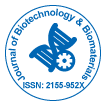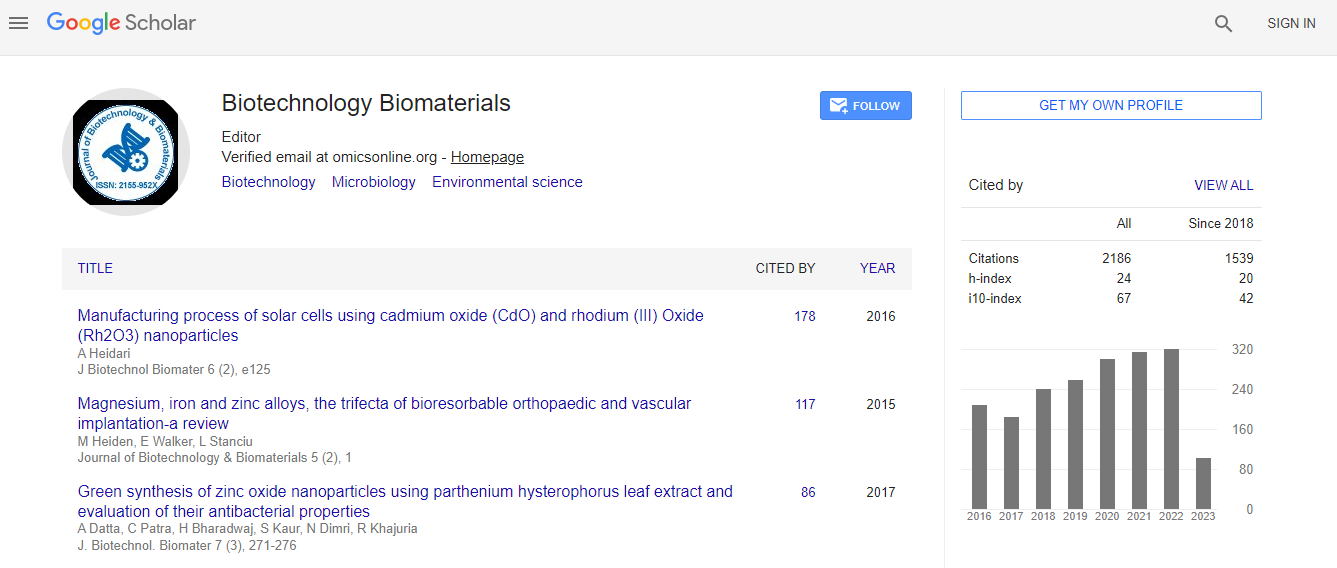Our Group organises 3000+ Global Events every year across USA, Europe & Asia with support from 1000 more scientific Societies and Publishes 700+ 91�Թ� Journals which contains over 50000 eminent personalities, reputed scientists as editorial board members.
91�Թ� Journals gaining more Readers and Citations
700 Journals and 15,000,000 Readers Each Journal is getting 25,000+ Readers
Citations : 3330
Indexed In
- Index Copernicus
- Google Scholar
- Sherpa Romeo
- Open J Gate
- Genamics JournalSeek
- Academic Keys
- ResearchBible
- China National Knowledge Infrastructure (CNKI)
- Access to Global Online Research in Agriculture (AGORA)
- Electronic Journals Library
- RefSeek
- Hamdard University
- EBSCO A-Z
- OCLC- WorldCat
- SWB online catalog
- Virtual Library of Biology (vifabio)
- Publons
- Geneva Foundation for Medical Education and Research
- Euro Pub
- ICMJE
Useful Links
Recommended Journals
Related Subjects
Share This Page
In Association with
In vitro methods for evaluation of novel radiopaque embolic flow properties
Annual Conference and Expo on Biomaterials
Marcus Caine, Garcia P, Tang Y, Willis S L, Dreher M R and Lewis A L
Biocompatibles UK Ltd, UK
ScientificTracks Abstracts: J Biotechnol Biomater
DOI:
Abstract
In vitro profiling using microfluidic models has become increasingly utilized in the evaluation of medical devices over the last 30 years. To evaluate the unique flow properties of embolic products, bespoke in vitro microfluidic test systems have been developed. A traditional issue associated with angiographic guided administration of embolic products has been visualizing real-time vascular positioning post-delivery. This issue has been addressed with the development of novel radiopaque beads. The fundamental physiochemical properties of these novel embolic agents have been presented by Duran et al in 2016. However the flow properties and user handling considerations have not been fully compared to non-radiopaque embolics in vitro. This presentation will focus on the characterization of novel radiopaque microspheres and the profiling methods that have aided in their development. It will also cover the specific advantages provided clinically through extensive in vitro profiling of flow distribution, CT visualization and deliverability studies compared to in vivo distribution data. The flow properties of RO Bead in terms of final distal location have been shown to be comparable to DC Beadâ�?¢ under a variety of in vitro tests and in vivo models however physiochemical properties inherent to the radiopacity functionality have been shown to alter the compressibility, suspension and inter-channel packing characteristics in vitro. These physical properties have not been shown to influence the in vivo physical penetration end-points, administration user response or distribution pattern of representative sizes of either embolic in vitro.Biography
Marcus Caine is an Innovation Scientist at BTG. Initially focusing on analytical method development and validation, he is pursuing part-time PhD with the University of Southampton in Applied Biomimetic Microfluidics and focusing on the application of this project to advancing treatment in the field of interventional oncology and pulmonology.
Email: mgc1u11@soton.ac.uk

